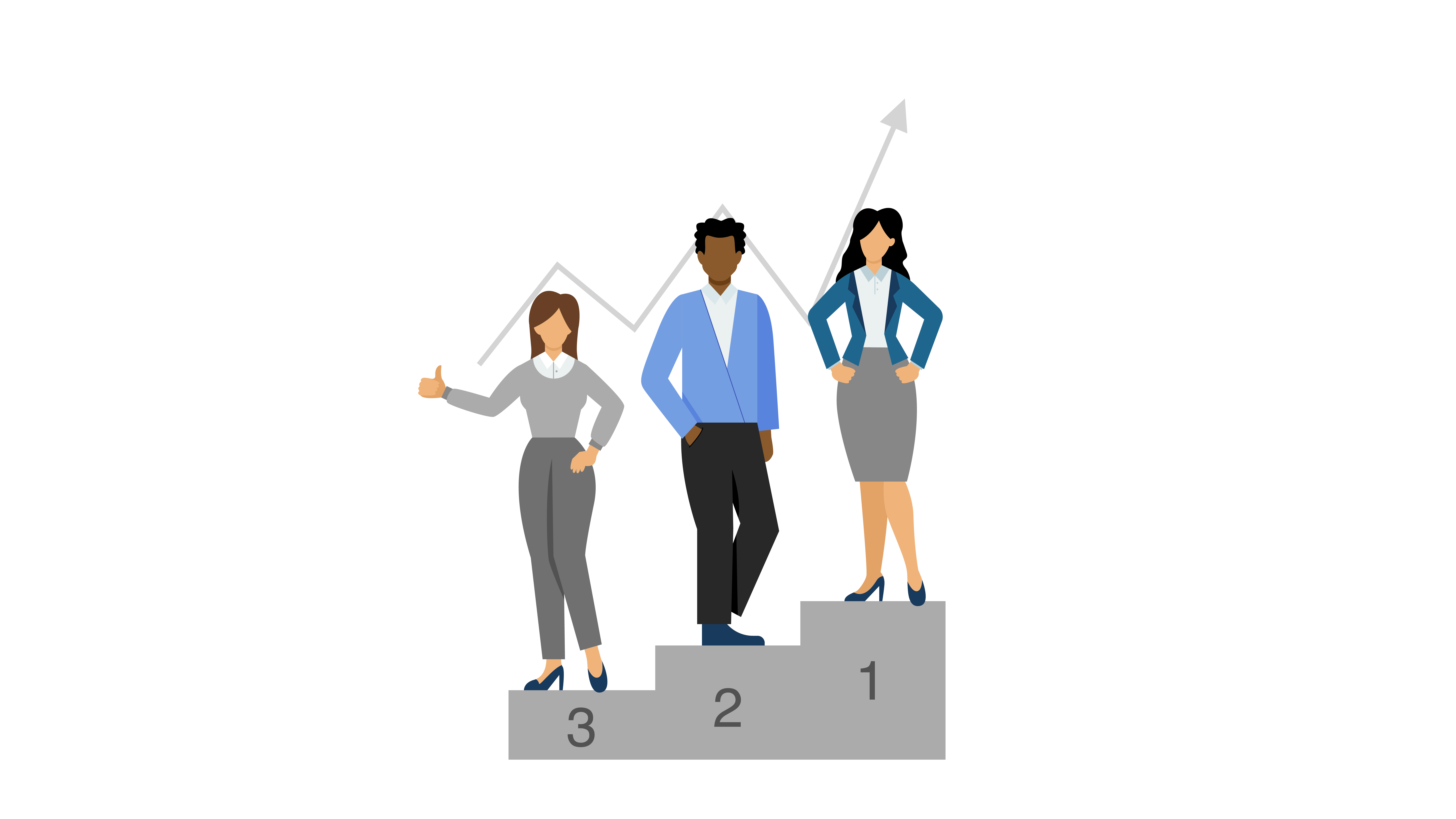All Categories
Featured
Modern companies require an centralized location for customer data platforms (CDPs). This is a critical tool. The software tools provide a more accurate and complete view of the customer, which can be used for targeted marketing and customized customer experiences. CDPs provide a variety of capabilities, such as data governance such as data quality and formatting, data segmentation and compliance for ensuring that customer's information is collected, stored and utilized in a regulated and organized manner. With the capability of pulling data from different APIs as well, CDPs can also pull data from other APIs. CDP additionally allows companies to make the customer the forefront of their marketing campaigns as well as improve their operations and engage their customers. This article will look at the various aspects of CDPs, and how they assist businesses.
customer data platform cdp
Understanding CDPs: A customer data platform (CDP) is a program which allows companies to gather the, organize, and store customer information in one central location. This gives you a greater and complete picture of your customers and lets you target the marketing of your customers and create personalized customer experiences.
-
Data Governance: A CDP's ability to guard and regulate the data that it incorporates is one of its main characteristic. This includes profiling, division and cleansing of the data being received. This helps ensure compliance with data laws and regulations.
-
Data Quality: It is crucial that CDPs ensure that the data collected is of high-quality. This involves ensuring that the data is accurately entered and meets desired quality standards. This will reduce the need for storage, transformation and cleaning.
-
Data formatting The CDP can also make sure that data adheres to a specific format. This permits data types like dates to be matched to customer data, and also ensures consistency and logic in data entry. what are cdps
-
Data Segmentation: A CDP can also allow for the segmentation of customer data to help better understand different customer groups. This lets you compare different groups to one another and get the right sample distribution.
-
Compliance: A CDP lets organizations handle customer information in a compliant way. It permits the defining of safe policies, classifying information according to those policies, and even the identification of violations to policies when making marketing-related decisions.
-
Platform Choice: There are a variety of types of CDPs which is why it is essential to be aware of your specific needs so that you can select the appropriate platform. This includes considering options like data privacy and the ability to pull data from various APIs. customer data platform cdp
-
Put the customer at the Heart of Everything Making the Customer the Main Focus CDP allows the integration of raw, real-time customer data, offering instantaneity, precision and consistency that every marketing staff needs to enhance their processes and connect with their customers.
-
Chat, Billing and More Chat, Billing and more CDP allows you to find the context for great discussions, regardless of whether you're looking at billing or previous chats.
-
CMOs and Big Data CMOs and Big Data CMO Council 61 percent of CMOs believe that they're not using big data effectively. The 360-degree view of the customer that is provided by a CDP is an excellent approach to address this issue and help improve marketing and customer engagement.
With numerous various kinds of marketing innovation out there each one generally with its own three-letter acronym you may wonder where CDPs originate from. Although CDPs are among today's most popular marketing tools, they're not an entirely new concept. Rather, they're the most recent step in the advancement of how online marketers handle consumer data and client relationships (Cdp Data Platform).

For most online marketers, the single greatest value of a CDP is its ability to section audiences. With the capabilities of a CDP, online marketers can see how a single customer interacts with their company's different brand names, and identify chances for increased personalization and cross-selling. Naturally, there's a lot more to a CDP than segmentation.
Beyond audience division, there are three big reasons your business may want a CDP: suppression, personalization, and insights. Among the most intriguing things online marketers can do with data is identify consumers to not target. This is called suppression, and it belongs to providing really individualized customer journeys (Cdp Data). When a customer's combined profile in your CDP includes their marketing and purchase information, you can suppress ads to clients who've already made a purchase.

With a view of every client's marketing interactions linked to ecommerce information, website check outs, and more, everyone throughout marketing, sales, service, and all your other groups has the possibility to comprehend more about each consumer and deliver more customized, pertinent engagement. CDPs can assist online marketers attend to the source of a number of their biggest everyday marketing problems (Cdp Meaning).
When your information is detached, it's more hard to understand your customers and create significant connections with them. As the variety of information sources utilized by online marketers continues to increase, it's more crucial than ever to have a CDP as a single source of fact to bring all of it together.
An engagement CDP utilizes customer data to power real-time personalization and engagement for customers on digital platforms, such as websites and mobile apps. Insights CDPs and engagement CDPs comprise most of the CDP market today. Really few CDPs include both of these functions similarly. To choose a CDP, your business's stakeholders ought to think about whether an insights CDP or an engagement CDP would be best for your requirements, and research study the few CDP options that include both. Consumer Data Platform.
Redpoint GlobalLatest Posts
The Importance of a Customer Data Platform (CDP) for Targeted Marketing
The Role of CDPs in Reducing Additional Expenses for Data Management
CDPs and the Role of Data Governance in Compliance